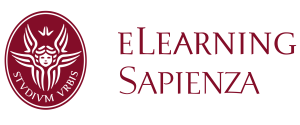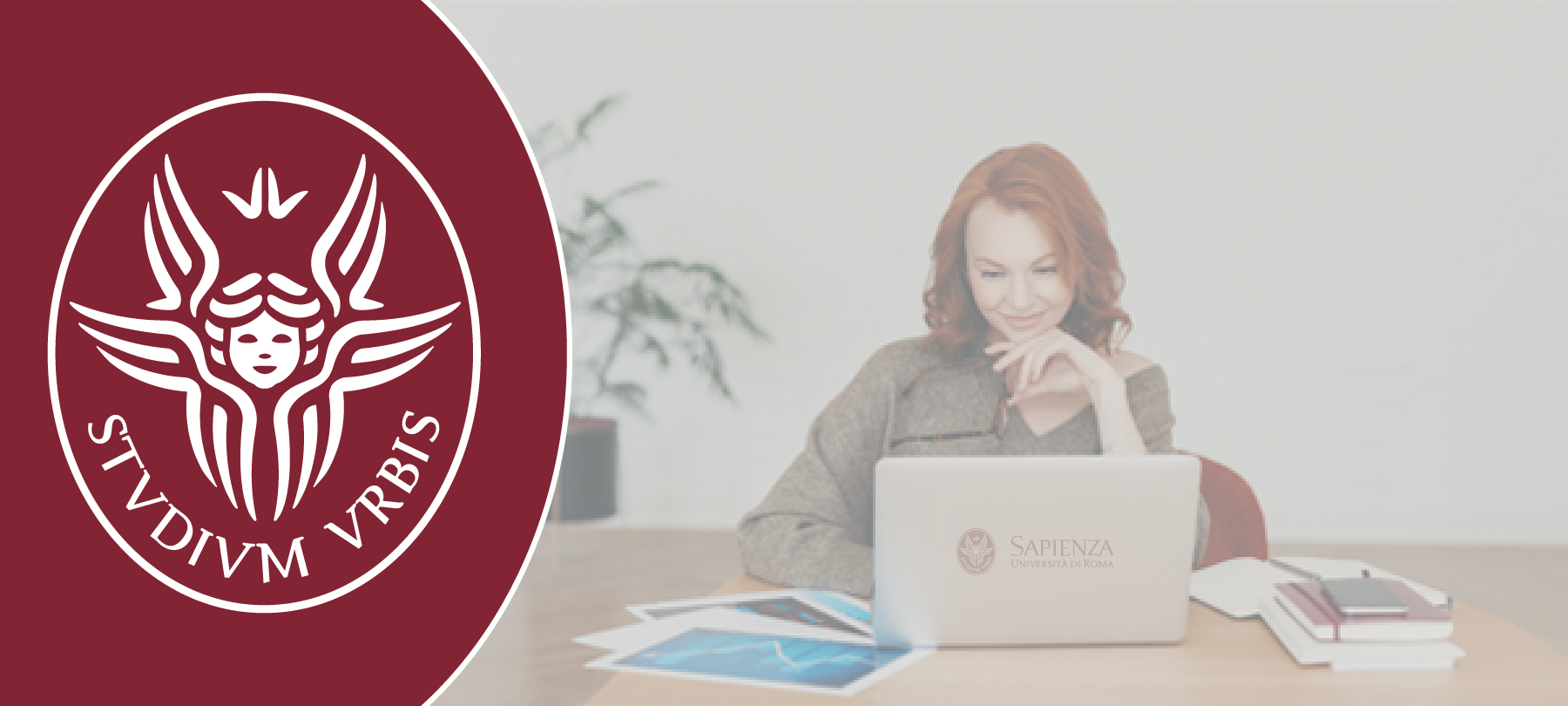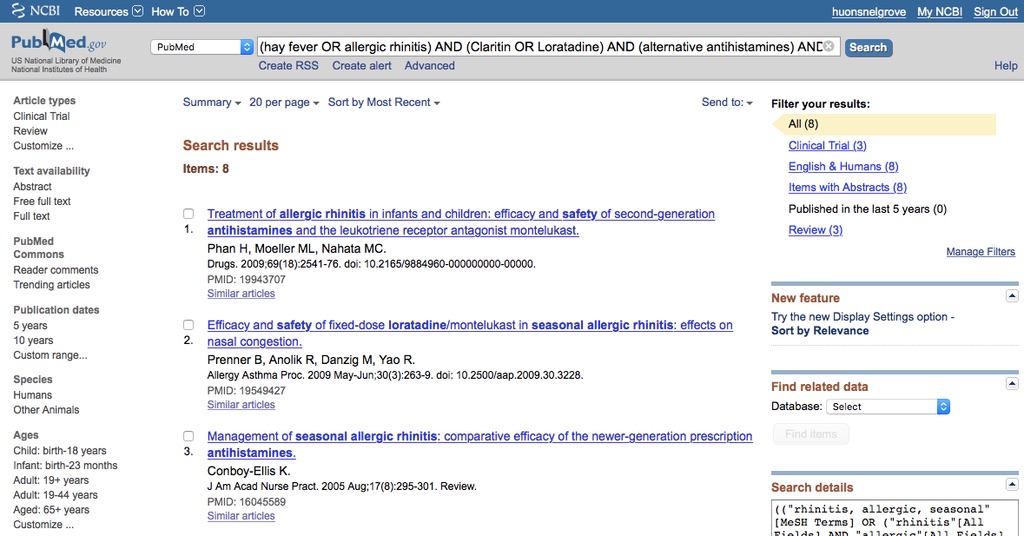| القسم | الاسم | الوصف | ||||||||
|---|---|---|---|---|---|---|---|---|---|---|
| 1. Clean Hands at the Policlinico | Watch a medic at the prestigious international centre for disease control explain the need for hand hygiene in our hospitals. |
|||||||||
This is the WHO report (2011) on the international programme to promote hand hygiene. The report is a systematic review. It analyses the international evidence on hospital infections and hand hygiene. Read the summary and look briefly at the tables and maps. Italy's hospital infection rates are within the average advanced country rates, but its antibiotic resistance is among the highest. Could hand hygiene programs contribute to reducing this resistance? The question is open. |
||||||||||
RESOURCE : This is the most recent report comparing EU countries 2012. Point prevalence survey of
healthcare-associated infections
and antimicrobial use in European
acute care 2011-12hospitals |
||||||||||
If you think social media can impact where you work and study to improve conditions then this link to a free online petition software may interest you! It is multilingual and can be linked to other social media you use. Would a petition to the 'Direttore Sanitario' have any impact? And what about the faculty of medicine? Have fun! |
||||||||||
Do you really know how to wash your hands correctly in a hospital? If you are not sure, watch the video! This is how the World Health Organization says how you should do it. |
||||||||||
This is a short summary of the International evidence. Read the paper, by Kampf (2009) Hand Hygiene for the Prevention of Nosocomial Infections, then answer the questions in the quiz.
|
||||||||||
| 2. Problems of Obesity: distinguishing between 'information' and 'evidence' | Download the lesson notes in the file. They are divided into 5 short PDF documents. Each PDF document guides you to do the online exercises or to try different search skills. |
|||||||||
In the results of your MEDLINE searches you found 2 common types of medical report, or 'study design': 'Randomized controlled trials' and 'systematic reviews'. Here are 2 Wiki links to help you understand these 2 types of clinical research paper. Both types of research paper want to answer a very simple question: what is better, A or B? For example, is 'chitosan' better than 'no chitosan'? |
||||||||||
| 3. Medline: how to find evidence efficiently using PubMed | Instruction Watch the 6 short tutorials to become competent using PubMed. You can look at the videos as many times as you like. When you finish do the short exercises to practice your new skills. You can follow the online instructions or also download the exercises as a PDF on the link "Search Exercises" |
|||||||||
Instructions The following exercises will give you practice using PubMed. Exercise 1 is an example. Follow the steps and then try yourself. A pdf version of the online instructions and exercises is also available in the link) To begin: 1. Register on PubMed and sign in as a user with 'My NCBI' 2. Do each of the search exercises below on your computer and save each search on 'My NCBI' Exercise 1 - A worked example Specific Question. A mother and father come to your surgery with their 6-year-old son, John, who is
suffering from hay fever symptoms. The symptoms started 2 weeks ago. They have
tried antihistamines, but John fell asleep at school. John’s father asks:Are there medications that John can take that won’t make him sleepy? John’s mother
takes an anti histamine called Claritin (Loratadine) for her hay fever. Is that safe for
children? STEP 1. What key words describe the problem?
STEP 2. What is the clinical question? In a 6 year old child is Claritin compared to alternative therapies more effective to reduce the symptoms of hay-fever? STEP 3. What combinations of words will be most effective on Medline? You need to experiment with different combinations and compare results Combination 1: (hay fever OR allergic rhinitis) AND (Claritin OR Loratadine) AND (alternative antihistamines) AND (safety OR reduction of symptoms) Limits: Randomized Controlled Trial, Journal Article, English, All Child: 0-18 years, published in the last 5 years Combination 2 Search 2: (hay fever) AND (Claritin OR Loratadine) AND (safety OR reduction of symptoms) Limits: Randomized Controlled Trial, Journal Article, English, All Child: 0-18 years, published in the last 5 years
SEARCH STRATEGY STUDY COMMENTS I used a few, but not all my combinations. After examining the abstracts I might decide to continue with more searches using other combinationsNotice that I used the Limits function to indicate ‘child’ and included MeSH and free text works.’ Because I was interested in studies whch asked ‘What treatment is best?’ I included a generic alternative in the comparison field (“alternative antihistamines’). However, this is not always necessary. When I wrote “allergy” in the MeSH window I saw that “allergy” was not a MesH term. The MeSH browser indicated a synonym “ hypersensitivity”. With this word I scrolled down the MeSH page, or hierarchy of terms. Under the term ‘hypersensitivity’ I found Hey fever/ Rhinitis, Allergy,Perennial. You can add these terms to you main search window. Exercise 2 - You try Specific Question. Strategy STEP 1: What key words describe the problem? (Hint: Refer to your microbiology text for clinical information about cerebral malaria and use the MeSH function on PubMed to identify other key concepts) You want to know if there is any evidence of a new drug that reduces risks of complications and/or death compared to current therapy. ‘Patient’ - What kind of patient? What is the condition? Intervention’ - What do we want to do to help the patient? Comparison - What alternatives of treatment exist? Outcome’ - What do we want to happen after the intervention? Create a table to generate your key words. STEP 2: What is the clinical question? STEP 3: Conduct your searches using different combinations of key words from your table STEP 4: Share your KEY WORDS and successful search strategies on the Forum with other students |
||||||||||
| 4. Query about a common cold | Instructions 1. Read the paper entitled: "The nasal decongestant effect of xylometazoline in the common cold" and answer the questions carefully. 2. Try to answer the questions quickly (if possible without looking at the paper! Time: You have 15 minutes to finish the test. |
|||||||||
| 5. Software for citations | In medical communication it is always important to cite your sources. In your summaries for Karen's case you should cite the evidence you found on your PubMed search and use it to reach your conclusion about Karen’s case. In medicine the format for bibliographic citations is the following: Author/Year/Title of article/ Name of Journal/ Volume/Issue/ pages For example:
For your final exam and for your thesis you need to download a bibliographic software. See the link below and start now!
Per aprire la risorsa fai click sul link http://www.mendeley.com For examples and guidelines from the International Biomedical Journal Committee on how to cite papers, books, www sites and other material visit:http://www.nlm.nih.gov/bsd/uniform_requirements.html |
|||||||||
The University of Rome has a large digital library. You can find full text articles of papers in the medical section. When you find a paper on Medline you want, you go to SBS and log on. You can also di this from your home using Bixy ( a proxy server) Instructions Register online and download BIXY following the instructions. |
||||||||||
If Sapienza University of Rome does not have an electronic version of the journal you need in its digital library you can locate a paper copy anywhere in Italy using the ACNP search engine. Instructions 1. For 'Title' write the name of the Journal: (e.g. 'BMJ' or 'British Medical Journal" or Brit* Med* J*) 2. Indicate 'Roma' and Lazio The search engine will tell you where to find a paper copy in the hospital. |
إذا تابعت تصفح هذا الموقع ، فأنت توافق على سياساتنا:
x




